As we move into the second year of our work at the Foundation for Education Development (FED) and following the launch of the FED National Education Consultation Report, we hosted a roundtable discussion focussed on ‘Innovation or ‘initiative-itis’: How can we move from initiatives to long term innovation in education?’
We asked Liz Robinson, Co-Director Big Education, to share her insights following her contribution to the roundtable discussion. Liz reminds us that innovation is ‘a collaborative endeavour’ and that ‘psychological safety allows for a culture where we can listen to multiple voices to understand problems and identify areas for innovation/change’.
Innovation or innovation-it is: What do we mean by innovation? Is it the same thing as change? Or improvement?
It is a word used so frequently and with such varied intent as to be rendered almost meaningless. Too often, we associate innovation with a big new idea or product which appears out of nowhere to solve our problems. My view is that innovation is a collaborative endeavour, which includes aspects of horizon scanning and ideation, but contains that within a focused process.
Over the last 4 years, I have created a leadership programme (the big leadership adventure) which puts ‘innovation’ at the heart, premised on the need for radical change within the sector. I have learned so much about what it really means and what it really takes.
I don’t think there is any difference between innovation, change and improvement as fundamental concepts. The differences come in the scale, the process and the people. What we have learnt about how school leaders do this really well has been fascinating, and has huge implications for culture across the organisation.
Innovation or change comes about when we identify a problem we want to solve. Sounds simple. But even this is super interesting – which problems are we thinking about? And in whose eyes is it a problem? Are we, for example, grappling with the problem of how to demonstrate the impact of catch up funding? Or rather how do we create a greater sense of agency for pupils in our school? Or how to address the subtle but pervasive culture of homophobia in year 9? (Do we even know that is a problem?)
At Big Education we are trying to grapple with some really big questions, (What is the purpose of school? How do we design curricular which empower young people?) but can still have blind spots when it comes to the voices we listen to to identify those problems. This point has been powerfully brought to light by the extraordinary work of State of Mind in their ‘breaking the silence’ project, running participatory action research with students in our schools (and others). Their insights are insightful, shocking and powerful. So it seems to me that LISTENING has to be the starting point of innovation.
But people only speak and share when they feel safe to do so….
So there has to be a stage before that; creating psychological safety to allow people to say what they really think. I think the ideas of Matthew Syed are really relevant here. In his book ‘rebel ideas’, Syed sets out his vision of a ‘team of rebels’; namely a team that is given coherence by a shared set of non-negotiables/values/vision, but which creates a space where difference of opinion, view or experience is actively celebrated and held.

To create such a culture, we have to actively lean into points of conflict or disagreement, acknowledge and surface them. So, you think x and I think y. That’s interesting – let’s learn more about each others’ positions and work together to figure out what to do. It has to be really ok to be me, say what I think and ask my questions before I am willing to share that. And leaders have to have the capacity to allow for that difference, and create a culture where ‘conflict’ and holding differing views is possible and safe.
So, psychological safety allows for a culture where we can listen to multiple voices to understand problems and identify areas for innovation/change.
This model is aligned with the ideas of user-centred design, of which design thinking is an example. This methodology starts with the user, or those closest to the problem, and listens hard to what the issue is, before going on to use that information to create hypotheses to then test and pilot approaches to address.

There is a huge overlap in approach to the organising methodologies modelled so brilliantly by Citizens UK, and we have worked to integrate these insights into our practice. This is how we can genuinely engage our communities in ‘bottom up’ activity in ways that creates powerful change.
Many of us involved in change can be guilty of an imbalance in energy between the stages; the creation of new ideas and approaches, as compared with the evaluation of the effect of our interventions. In other words, are we as obsessed with the effects of the innovations as we are with the ideas themselves? This rigour is an essential component of any ‘innovation’ worth the name and an important antidote to the over emphasis on new initiatives which can be so damaging.
Big Education is now looking for leaders to join the 2022 Big Leadership Adventure cohort. To find out more please get in touch [email protected].



